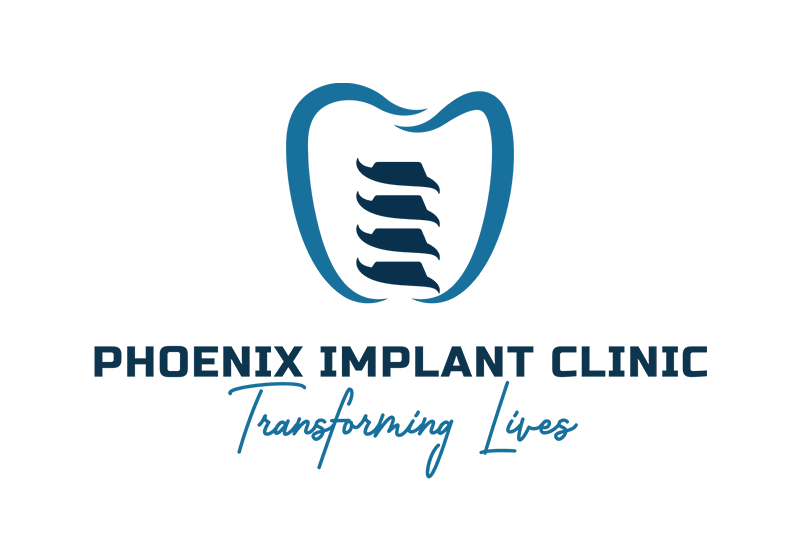If you’ve wondered how safe are dental implants, this article gives a clear, balanced answer. Dental implants are one of the most reliable ways to replace missing teeth, but like any surgery they carry risks. Below you’ll find common complications, real success numbers, what raises risk, benefits that often outweigh downsides, how clinicians lower risk, what recovery looks like, what to look for from a local provider, and the key questions to ask. You’ll finish knowing when to feel reassured and when to contact a dentist.
Common risks of dental implants
Infection at the implant site – Bacteria can infect the surgical site, especially if oral hygiene is poor after surgery. Early treatment usually controls infection. Implant failure or lack of osseointegration – Sometimes the implant does not fuse with the bone. This is more likely in poor-quality bone or when healing is compromised. Nerve injury or altered sensation – If a nerve near the implant site is irritated or damaged, patients can feel numbness, tingling, or pain. Most nerve issues improve, but some can be long-lasting. Sinus complications for upper implants – Upper back implants near the sinus can lead to sinus perforation or infection if not planned carefully. Peri-implantitis and long-term bone loss – Over time, inflammation around the implant (peri-implantitis) can cause bone loss and implant loosening if not managed.
How likely are complications: success rates and real numbers
Modern dental implants have high success rates. First-year success rates are typically in the high 90s percent, and many studies show 10-year survival rates around 90–95% or higher. That means most implants last for many years. Statistics are averages and don’t predict every individual case. Your personal chances depend on health, bone quality, and the clinician’s experience. Better-trained providers using advanced imaging and guided techniques generally report higher success and fewer complications.
What increases risk: patient and treatment factors
Health & lifestyle
Smoking significantly raises the chance of implant failure and infection. Uncontrolled diabetes, certain immune conditions, osteoporosis, and medications like long-term bisphosphonates can also increase risk. Honest medical history helps the team plan safely.
Oral health and bone quality
Active gum disease, low bone volume, or a long time since tooth loss (which leads to bone shrinkage) make implants more complex. Bone grafts or sinus lifts can help but add steps and potential complications.
Treatment complexity
Single tooth implants usually carry lower risk than multiple implants or full-arch reconstructions. Full-arch systems (All‑on‑4/All‑on‑X) are excellent solutions but require advanced planning and surgical skill.
Benefits that often outweigh risks
Restored chewing, speech, and confidence – Implants feel and function much like natural teeth for most people. Bone preservation and facial support – Implants stimulate the jawbone and help prevent the bone loss that follows missing teeth. Durability compared with bridges or dentures – With good care, implants can last decades, often longer than traditional bridges or removable dentures. Improved oral health – Unlike a bridge that may require altering nearby teeth, implants preserve adjacent teeth and help maintain overall oral health.
How clinicians reduce risk before, during, and after surgery
Thorough exam, medical history review, and imaging – 3D imaging (CBCT) and a detailed health review identify anatomic risks and plan safe implant positions. Antibiotic protocols, sterile techniques, and staging care – Many practices use perioperative antibiotics and sterile protocols. Complex cases may be staged (bone graft first, implant later) to improve outcomes. Follow-up care, hygiene instructions, and maintenance checks – Regular follow-up visits and good home care reduce infection and long-term problems like peri-implantitis.
How recovery looks and warning signs to watch for
Typical healing timeline: first week, first month, three to six months – In week one expect swelling and mild pain managed with medication and ice. By one month soft tissue healing is well underway. Full bone integration (osseointegration) often takes three to six months. Normal symptoms vs. red flags – Mild swelling, bruising, and light bleeding are normal. Seek care for fever, increasing or spreading redness, pus, severe uncontrolled pain, or a loose implant. These can indicate infection or failure. When to call your dentist or go to urgent care – Call your implant team for persistent fever, worsening pain after a few days, signs of spreading infection, or any new numbness. Go to urgent care or the ER if you have a high fever, breathing trouble, or rapidly spreading swelling.
How safe are dental implants in Phoenix, AZ — what to look for in a local provider
When evaluating local care, ask about credentials, experience, and technology. Look for clinicians who use 3D imaging, computer-guided implant placement, and have clear protocols for complex cases. Sedation options and a coordinated team of surgeon and restorative dentist reduce risk and improve outcomes. Confirm who will handle follow-up and any complications.
Meet the clinicians and tech that support safer care
Dr. Eddie Harsini and Dr. Lawlay Azizi combine surgical and restorative expertise to offer coordinated implant care. Their clinic uses 3D imaging and computer-guided surgery, All‑on‑4/All‑on‑X full-arch systems, biocompatible titanium implants, and sedation options to improve precision and comfort. This team approach helps lower complication rates and supports predictable results.
Questions to ask your implant dentist
– What is your success rate for implants, and how many do you place each year? – Do you use 3D imaging or guided surgery for planning? – What sedation options do you offer? – Who will perform the surgery and who will do the final restoration? – What is the follow-up plan and who handles complications?
Clear takeaway: answering “how safe are dental implants”
Dental implants are very safe for most people when properly planned and placed. Success depends on your health, habits like smoking, bone quality, and the clinician’s skill and technology. Risks exist but are low and can be minimized with careful evaluation, modern imaging, sterile technique, and follow-up care. Asking the right questions and choosing a skilled, coordinated team helps ensure the best outcome. If you want a personal risk review, schedule a consultation with an experienced implant team to discuss options and next steps for your smile.


